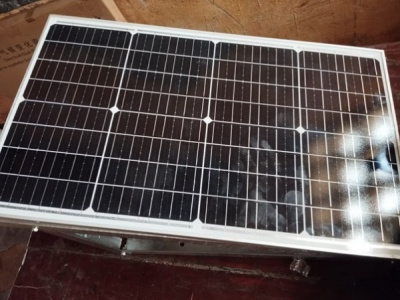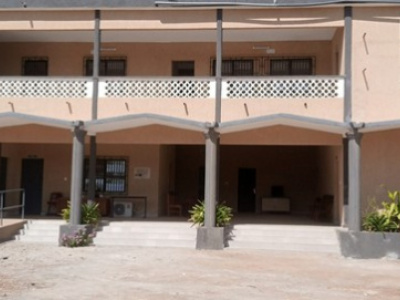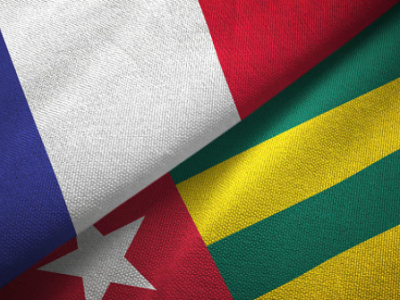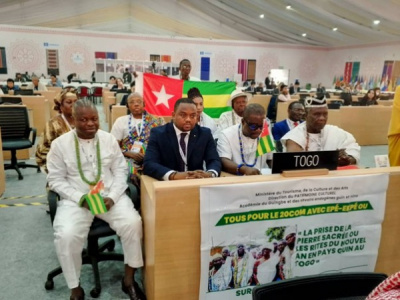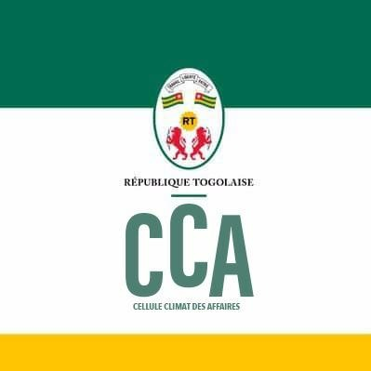Togolese authorities are working on developing a whole value chain of cotton by-products
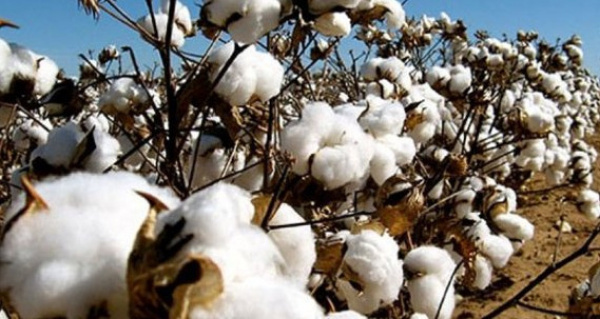
(Togo First) - Togo is exploring ways to develop a whole value chain of cotton by-products. The country, which mainly grows the crop for export is carrying out a feasibility study for this project and key players have been working on its validation since February 15, 2022, in Lomé.
The stakeholders concerned include the Nouvelle Société Cotonnière du Togo (NSCT)), the FAO, the United Nations Conference on Trade and Development (UNCTAD), officials and members of professional organizations and local cotton farmers, but also regional directors of the ministries of trade, industry, and local consumption.
“The Togolese government is doing everything possible to diversify and professionalize the agricultural sector, particularly the cotton sector, to meet the ambitions of processing industries as more of them are settling in our country, encouraged by continuous improvements in the business climate,” said Talime Abe, secretary-general of the ministry of agriculture, at the opening of the validation session.
Concretely, the feasibility study aims to “evaluate our country’s potential to develop a value chain of cotton by-products parallel to cotton production,” according to the ministry of agriculture. The study was launched as part of a project that is focused on technology transfer related to cotton by-products in Togo. This project was implemented by UNCTAD and funded by the Enhanced Integrated Framework.
Cotton by-products are secondary products derived from cotton production or obtained after the processing of the main product. These include for example cotton stalk, its fiber, and seeds, or lint (low-quality fibers attached to seeds during ginning).
Currently, cotton is Togo’s main cash crop. In 2020 and 2019, the country obtained respectively $64 million and $98 million for its exports; the biggest buyers are based in Southeast Asia (Malaysia, Vietnam, India, and China).
This year, the NSCT, which has come under the control of the Singaporean group Olam, expects cotton output to rebound, reaching 135,000 t. This is in a context where production has been sluggish in recent years.
Ayi Renaud Dossavi

